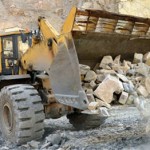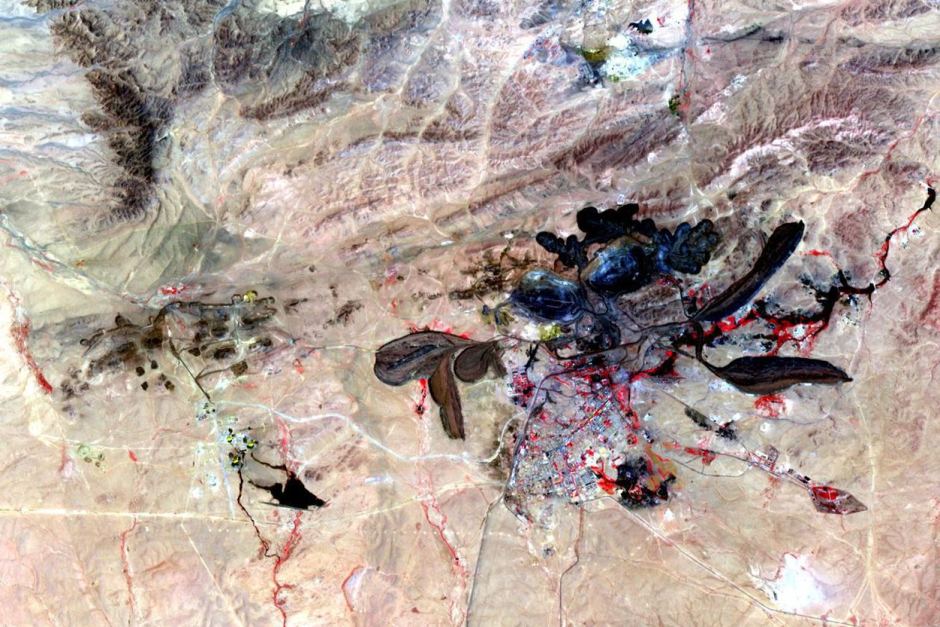Iron ore permabear Xie now expects price in $30s

On Friday, the iron ore price bounced of fresh five-and-half year lows reached yesterday, but the pervasive sentiment remains ultra-bearish in a market coping with a massive supply glut.
The 62% Fe benchmark import price including freight and insurance at the port of Tianjin tracked by The SteelIndex added $0.70 or 1.1% to $61.80 a tonne on Friday.
So far in 2015 the price has fallen over 15% following a year in which the commodity nearly halved in value.
Most other analysts see prices consolidating around the $60 a tonne level this year with a pick-up by 2017 at the earliest.
According to Andy Xie, an independent economist who has been calling a steep decline in the price of the steelmaking ingredient for years, there’s much more pain ahead.
Bloomberg Business quotes Xie as saying the price will slump into the $30s this year as low-cost supplies from Brazil and Australia continues to rise and steel demand in China shrinks:
“When it peaked at $190, I started talking about a collapse and nobody believed me,” Shanghai-based Xie, a former Asia-Pacific chief economist at Morgan Stanley, said in a phone interview on Thursday. “We need to see prices much, much lower. It can still go down through $40 before we bounce back.
Xie believes iron ore will average $50 a tonne this year, but prices “need to decline to a level that’s so painful higher-cost Chinese mines will be forced to give up.”
The country’s domestic miners produce some 350 million – 400 million tonnes a year on a 62% Fe-basis.
Pressure on domestic Chinese iron ore miners which have successfully defended prices up to now is building particularly given estimates that around one-third of the many small mines struggling with low iron ore content (average close to 20%) have costs per tonne of more than $100.
But a collapse in Chinese production is unlikely because a large number of mines are owned by steel companies or are located very close to steel plants making mine closure at these vertically-integrated operations a last resort.
In addition “the desire to preserve employment and regional revenues in China’s provinces often helps to sustain loss-making industries for some time” and there is considerable scope for consolidation and rationalization which could help drive down costs.
SEE ALSO: China’s inland mills could be in market for 300mt seaborne iron ore
Small and mid-tier miners are not just battling the Big 4 producers (or if you count Gina Rinehart and the Roy Hill project, the Big 5) but market inefficiency in China.
More News
Rio-Glencore deal closer than ever with premium and CEO in focus
Glencore boss Gary Nagle has called it the most obvious deal in mining.
January 09, 2026 | 03:39 pm
{{ commodity.name }}
{{ post.title }}
{{ post.date }}







Comments